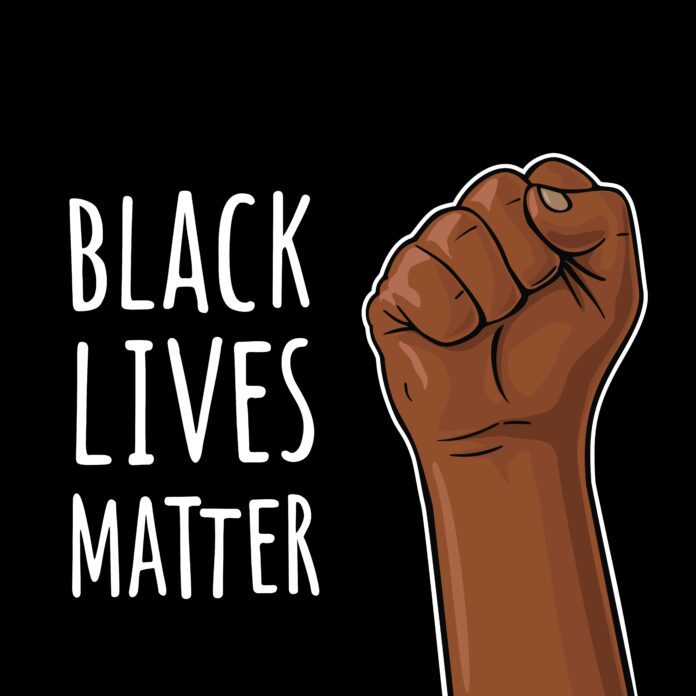
Introduction:
The Black Lives Matter (BLM) movement emerged in 2013 and has since become a powerful global force advocating for racial justice and equality. Founded by Alicia Garza, Patrisse Cullors, and Opal Tometi, BLM gained prominence following several high-profile incidents of police brutality against Black individuals. This article explores the movement’s evolution, strategies, and profound impact on society, policy, and activism.

- Origins and Founding Principles:
- A Response to Injustice: BLM was born in response to the acquittal of George Zimmerman, Trayvon Martin’s killer.
- Founding Vision: Garza, Cullors, and Tometi established BLM with a mission to combat systemic racism and police brutality.
- The Power of Hashtags: BLM’s early use of #BlackLivesMatter on social media facilitated grassroots organizing and awareness.
- Catalysts for Momentum:
- Turning Points: The movement gained momentum after the deaths of Michael Brown and Eric Garner in 2014.
- Digital Activism: BLM leveraged social media to mobilize nationwide protests, challenging media narratives.
III. Broadening the Scope:
- Beyond Police Brutality: BLM evolved to address multifaceted racial inequalities, including education, healthcare, and economic disparities.
- Intersectionality: The movement embraced LGBTQ+ rights, environmental justice, and other interconnected issues.
- Coalitions and Alliances: BLM formed partnerships with allied social movements, amplifying its impact.
- 2020: A Watershed Year:
- The Killing of George Floyd: George Floyd’s death sparked worldwide outrage, igniting a new phase of BLM activism.
- Mass Protests: Months-long protests and demonstrations unfolded globally, inspiring widespread activism.
- Catalyzing Change: Millions demanded reforms from governments, corporations, and communities.
- Achievements and Impacts:
- Shifting Public Opinion: BLM significantly altered public perception, with 67% of Americans supporting the movement as of June 2020.
- Influencing Policy Changes: The movement prompted local, state, and federal reforms, including bans on chokeholds and police accountability measures.
- Resource Mobilization: BLM raised funds for various causes, supporting Black-led organizations and communities.
- Empowering Black Voices: The movement empowered Black individuals, fostering self-expression and political engagement.

Conclusion: The Black Lives Matter movement’s journey from its inception to becoming a global catalyst for change underscores its immense influence on public opinion, policy reform, and societal transformation. BLM has left an indelible mark on the fight for racial justice and remains at the forefront of contemporary social justice movements, embodying the power of collective action in pursuit of equality and equity.




